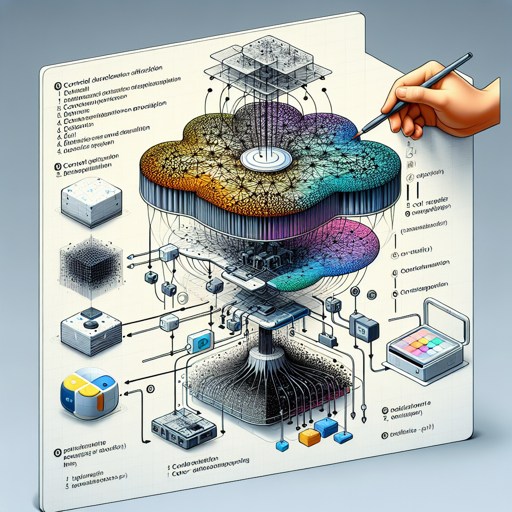ControlNet v1.1, an advanced neural network structure, allows users to exert more control over diffusion models by integrating extra conditions, making it invaluable for tasks like image segmentation. In this article, we’ll guide you step-by-step on how to implement ControlNet v1.1 within your projects, using Python and the required libraries.
Getting Started
To utilize ControlNet v1.1, you need to set up your development environment with the necessary packages. Here is a systematic way to install and configure everything you need.
Step 1: Install Necessary Packages
First, you have to install the libraries that are essential for running the models:
$ pip install diffusers transformers accelerateStep 2: Define the Color Table
The next step is to create a color table that helps in segmenting the images. Think of this color table as a palette used by an artist, which allows them to pick appropriate colors for different elements in a painting.
import numpy as np
ada_palette = np.asarray([
[0, 0, 0], # Black
[255, 0, 0], # Red
[0, 255, 0], # Green
[0, 0, 255], # Blue
# Add more colors as needed
])
Step 3: Load Image and Segment
Now we’re ready to load our image and perform segmentation. Imagine this step as taking a photograph and then applying a filter that identifies and outlines different features within that photo.
import torch
from huggingface_hub import HfApi
from diffusers.utils import load_image
from PIL import Image
# Load the image
image = load_image('https:huggingface.colllyasvielcontrol_v11p_sd15_segresolvemainimagesinput.png')
# Image processing
prompt = "an old house in stormy weather with rain and wind"
pixel_values = image_processor(image, return_tensors='pt').pixel_values
with torch.no_grad():
outputs = image_segmentor(pixel_values)
seg = image_processor.post_process_semantic_segmentation(outputs, target_sizes=[image.size[::-1]])[0]
color_seg = np.zeros((seg.shape[0], seg.shape[1], 3), dtype=np.uint8)
for label, color in enumerate(ada_palette):
color_seg[seg == label, :] = color
Step 4: Save the Segmented Image
Finally, save this segmented image for further processing or visualization.
control_image = Image.fromarray(color_seg)
control_image.save('.images/control.png')
Troubleshooting Tips
In case you run into any issues while implementing ControlNet v1.1, here are some troubleshooting ideas:
- Ensure that you have installed all required libraries without any errors.
- Check that your image URLs are correct and the images are accessible.
- Look for any error messages in your console; they often contain hints on what went wrong.
- If you encounter memory issues, consider reducing the image size or using a device with more computational power.
For more insights, updates, or to collaborate on AI development projects, stay connected with fxis.ai.
Conclusion
ControlNet v1.1 is a powerful tool for enhancing how we control diffusion models, allowing for sophisticated segmentation and improved functionality. Whether you are an artist looking to process your images or a developer seeking to enhance user experience, ControlNet 1.1 is an essential component in your toolkit.
At fxis.ai, we believe that such advancements are crucial for the future of AI, as they enable more comprehensive and effective solutions. Our team is continually exploring new methodologies to push the envelope in artificial intelligence, ensuring that our clients benefit from the latest technological innovations.

